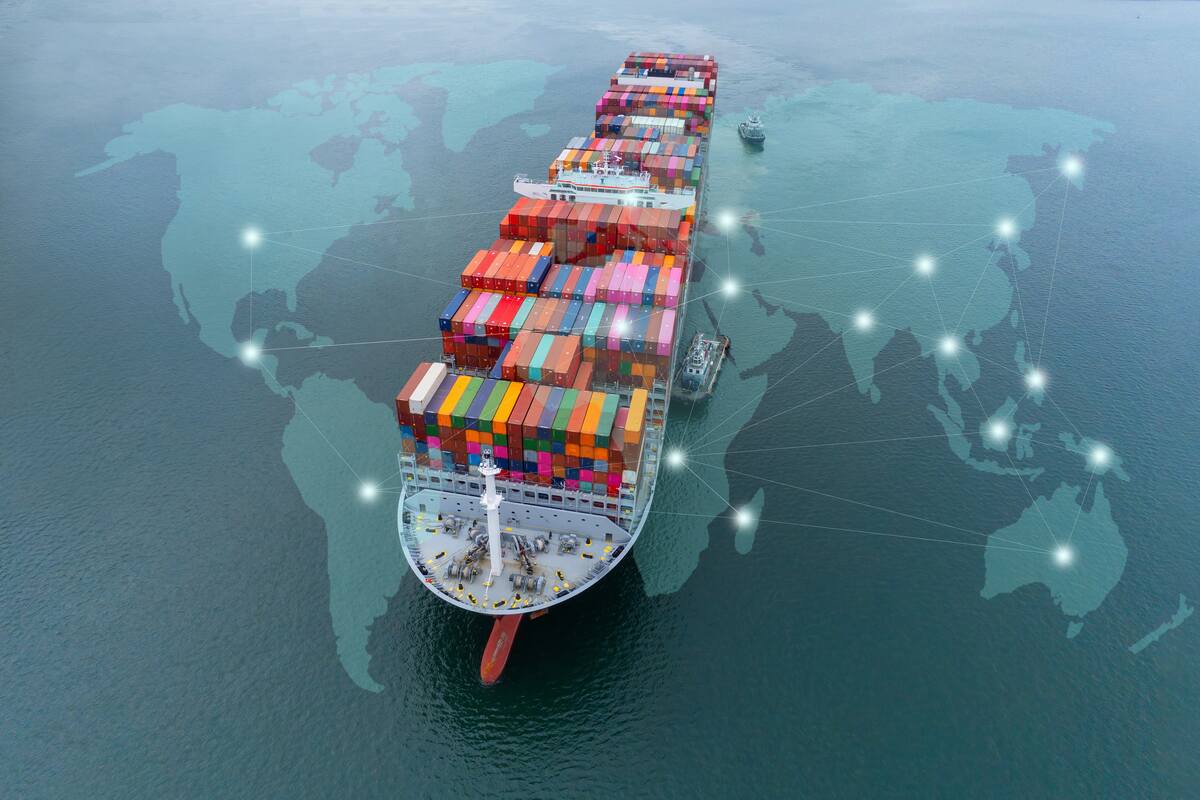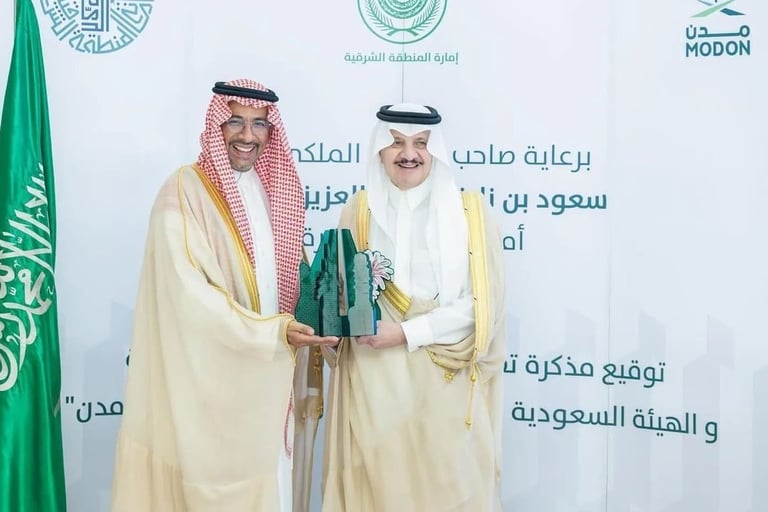In recent years, the UAE has made trade one of its top priorities as it seeks to diversify its economy away from the oil sector. In a bid to expand this vital sector, the UAE launched in September 2021 the Comprehensive Economic Partnership Agreement (CEPA) program, which has so far resulted in 26 agreements with strategically significant countries and international blocs.
The program is designed to expand the country’s commercial and investment partnerships worldwide, positioning the UAE as a key gateway for non-oil goods and services and a global hub for business and investment. It also supports progress on the “We the UAE 2031” vision, which aims to raise the total value of the UAE’s non-oil foreign trade in goods to AED4 trillion ($1.09 trillion) and increase non-oil exports to AED800 billion ($217.81 billion) by 2031.
UAE inks five deals in 2025
In 2025 alone, the UAE signed five new CEPAs with Malaysia, New Zealand, Kenya, Ukraine and the Central African Republic. These agreements significantly expand the country’s global trade network and create new opportunities for the UAE’s private sector and business community across some of the world’s most dynamic economies.
Key beneficiaries of these agreements include sectors such as logistics, clean and renewable energy, advanced technology and applications, financial services, green industries, advanced materials, agriculture and sustainable food systems.
Eight of the UAE’s CEPA agreements have officially entered into force, including with India, Israel, Türkiye, Indonesia, Cambodia, Georgia, Costa Rica and Mauritius. Meanwhile, twelve others have been signed and are undergoing technical and ratification procedures in preparation for implementation. Negotiations on six more agreements have been finalized, and the signing is expected soon.
UAE achieves 75 percent of ‘We the UAE 2031’ vision
Earlier this year, Dr. Thani bin Ahmed Al Zeyoudi, Minister of State for Foreign Trade, stated that the UAE’s non-oil foreign trade has continued its upward trajectory, reaching AED3 trillion in 2024, with a record annual increase of 14.6 percent compared to 2023.
In a statement to WAM, Al Zeyoudi said, “In 2024, our non-oil foreign trade reached an all-time high of AED2.997 trillion, increasing by 14.6 percent on 2023 against a global trade growth average of around 2.4 percent. The milestone also means we have achieved 75 percent of the AED4 trillion target set in the ‘We the UAE 2031’ national vision with seven full years remaining.”
Al Zeyoudi explained that the most encouraging indicator last year was the increasing contribution of non-oil exports to the UAE’s foreign trade. Last year, these exports climbed 27.6 percent to reach a record AED561.2 billion – nearly 70 percent of the AED800 billion target. Exports now comprise 18.7 percent of the UAE’s total trade, up from 16.8 percent in 2023 and 14.1 percent in 2019.
“The expansion of foreign trade is the centrepiece of our national economic strategy and, through our CEPA program, we are expanding opportunities for our private sector by enhancing access to high-growth markets around the world. In 2024, we have been able to see the positive impact of this program,” he added.
CEPA program adds AED135 billion in exports
The results of four key CEPA agreements that have already taken effect highlight the program’s positive impact on the UAE’s economy. For instance, non-oil trade between the UAE and India grew by 20.5 percent, with UAE exports to India jumping 75 percent by the end of 2024. Meanwhile, trade with Turkiye rose by over 11 percent, with Indonesia seeing growth exceeding 15 percent and Georgia recording a remarkable 56 percent increase.
“Total exports to CEPA partner countries reached AED135 billion in 2024, an increase of 42.3 percent and contributing 24 percent of our total non-oil exports. India and Türkiye are the two leading destinations for non-oil exports,” Al Zeyoudi added.
In 2024, the UAE’s exports to its top 10 trade partners also grew by 37.1 percent, while exports to other countries saw a 13.4 percent increase. Among the top export commodities in 2024 were gold, jewelry, cigarettes, petroleum-based oils, aluminum, copper wires, printed materials, perfumes and iron-based products, which collectively achieved a 40.8 percent growth compared to 2023.
The re-export sector also saw significant gains, reaching AED734.4 billion in 2024, an increase of 7.3 percent from 2023 and 14.1 percent and 36.2 percent higher than in 2022 and 2021, respectively.
Read: Abu Dhabi’s GDP grows 3.8 percent to all-time high of $326.71 billion in 2024
Program to continue driving trade and investment growth
Throughout 2025, the CEPA program will continue to broaden the UAE’s trade and investment partnerships, strengthening the country’s role as a hub for open and multilateral global trade. The UAE is also in the final stages of CEPA negotiations with several major economies—most notably Japan—with talks expected to conclude before the end of 2025.
The UAE’s ambitious CEPA program continues to drive the nation’s economic diversification efforts, reinforcing its position as a global trade and investment hub. With record-breaking non-oil trade figures and a rapidly expanding network of strategic partnerships, the country is on track to achieving its “We the UAE 2031” vision ahead of schedule. As new agreements come into force and negotiations with key economies progress, the foreign trade landscape is set to become even more dynamic, driving the UAE’s economic growth and progress in vital growth sectors.








